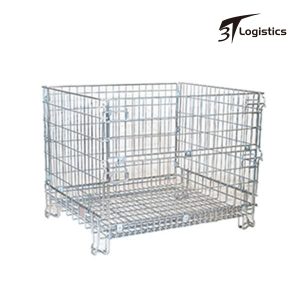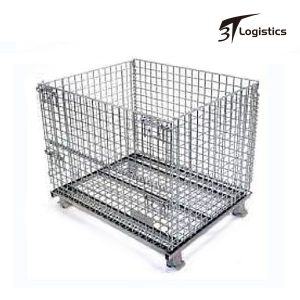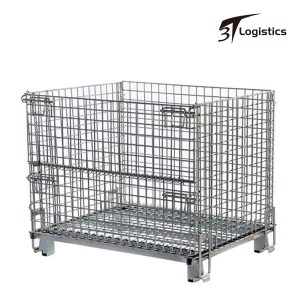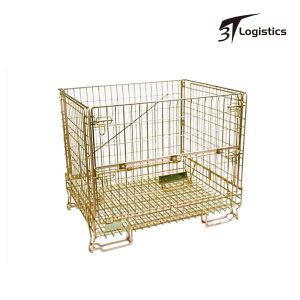
Wire containers are popular means of transporting goods in various industries due to their durability, versatility, and affordability. The reliability of these containers largely depends on how safely they are loaded and unloaded. In this article, we will discuss the best practices for safely loading and unloading wire containers to minimize the risk of injury and damage to goods.
First and foremost, always ensure that the wire container is suitable for the type and weight of the goods to be transported. Overloading a container can lead to serious accidents and damage to goods, which can result in hefty costs and lost productivity. Check the manufacturer’s instructions for the maximum load capacity of the container before loading.
When loading wire containers, make sure that goods are stacked evenly to maintain stability during transit. Improper stack placement can damage goods and increase the risk of accidents during transportation, causing delays and loss of revenue. Avoid stacking goods too high, as containers with uneven or too much weight are more prone to tipping.



Ensure that the container’s doors and sides are securely fastened before transporting the goods. Loose or improperly secured doors can fly open during transportation, potentially causing injury and damage to goods. Inspect the container for any damage before use and refrain from using damaged containers as they are less safe and could result in loss of goods.
Unloading wire containers requires careful attention to avoid injuries caused by falling goods. To safely unload containers, use cranes or other appropriate machinery to lift and transport the goods. In situations where manual unloading is required, use lifting equipment such as pallet jacks or forklifts to safely remove the goods.
In conclusion, safe loading and unloading of wire containers is crucial to ensure the safe transportation of goods and minimize the risk of injury and damage. Remember to follow the manufacturer’s instructions, stack goods evenly, securely fasten doors and sides of the container, and inspect for damage before use. With these best practices in place, businesses can enjoy smoother, safer and more efficient wire container transport.




